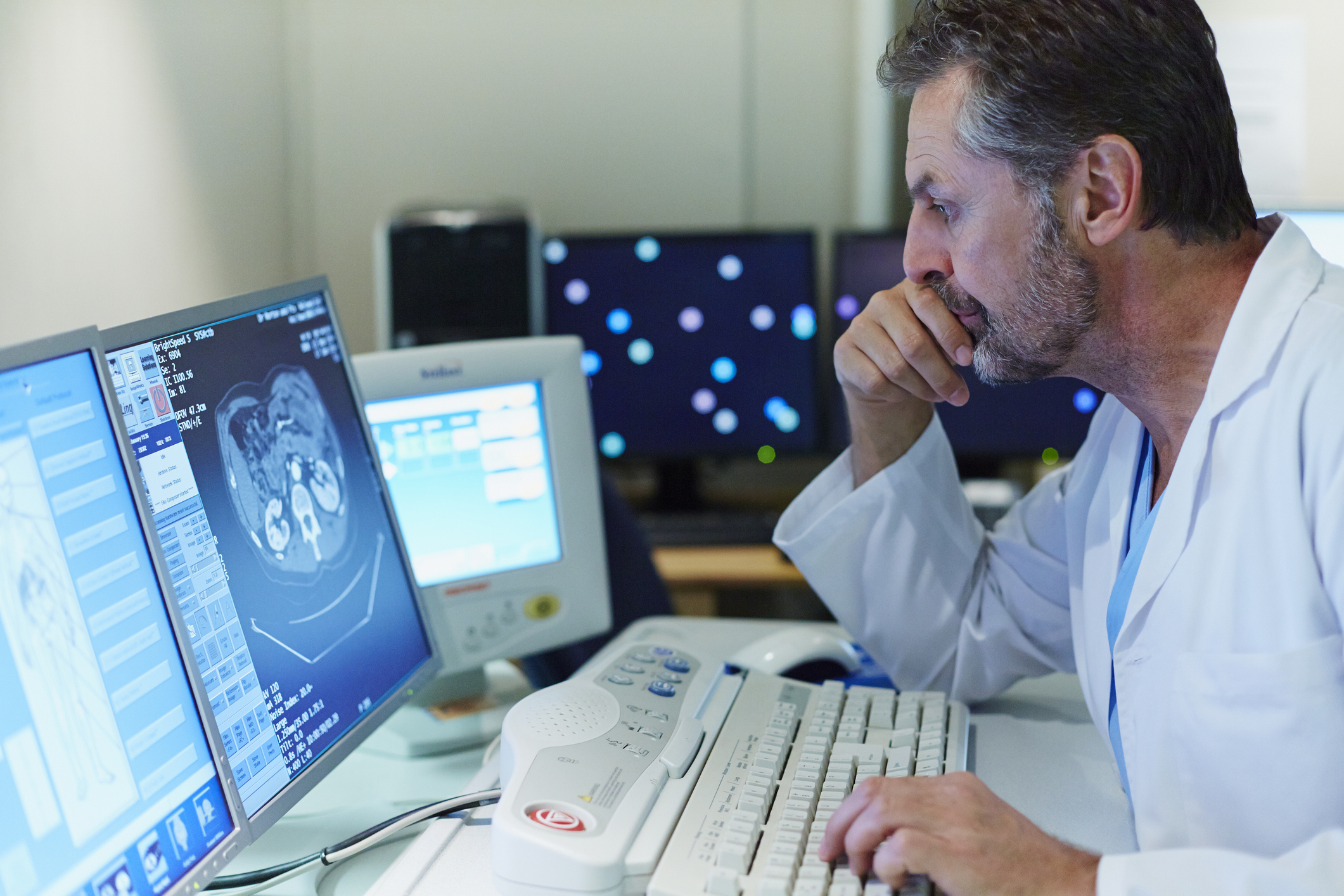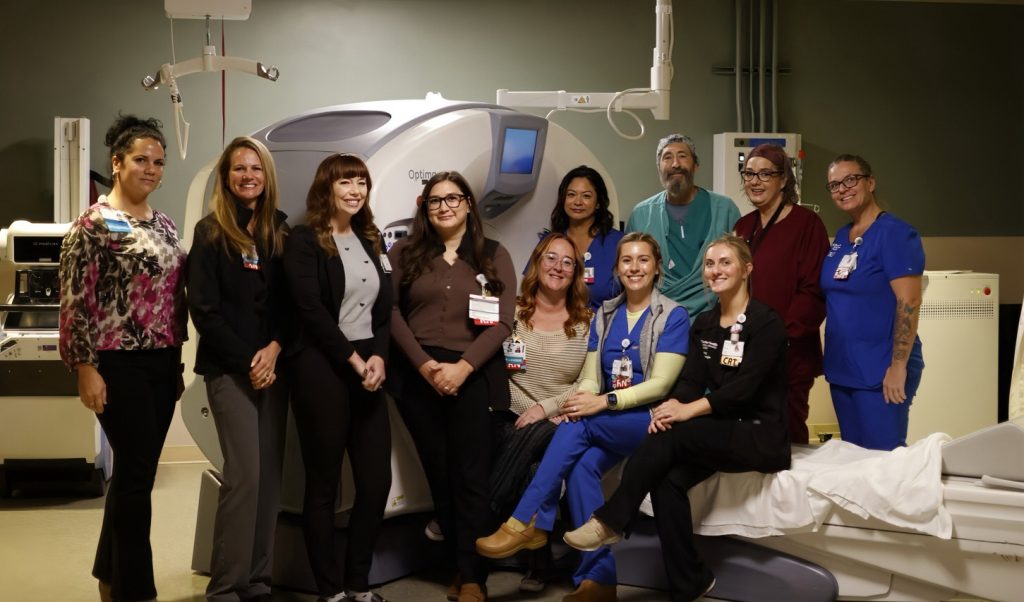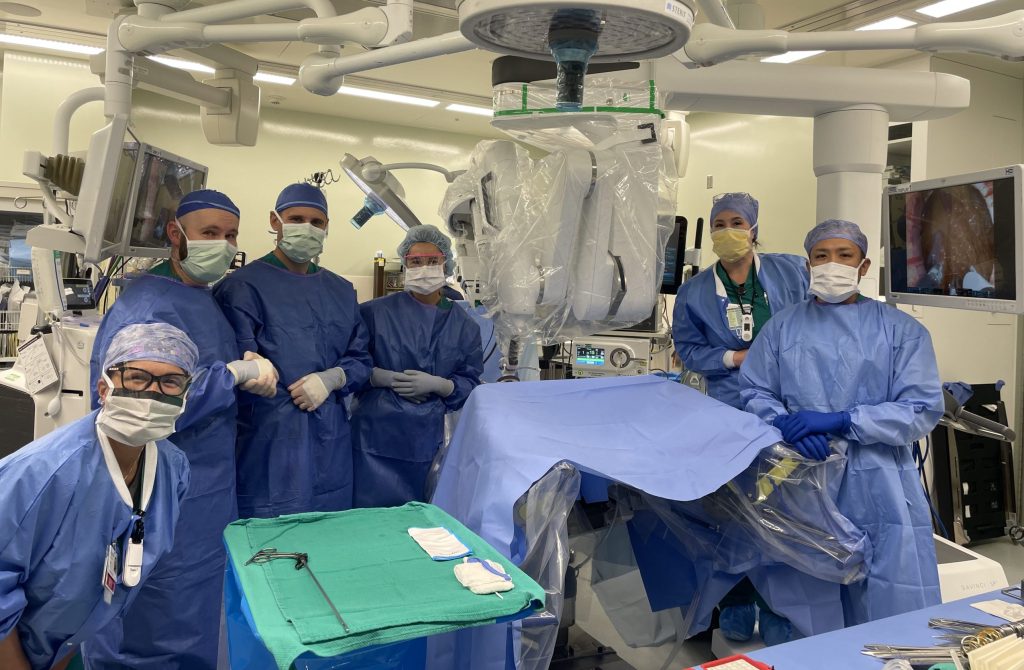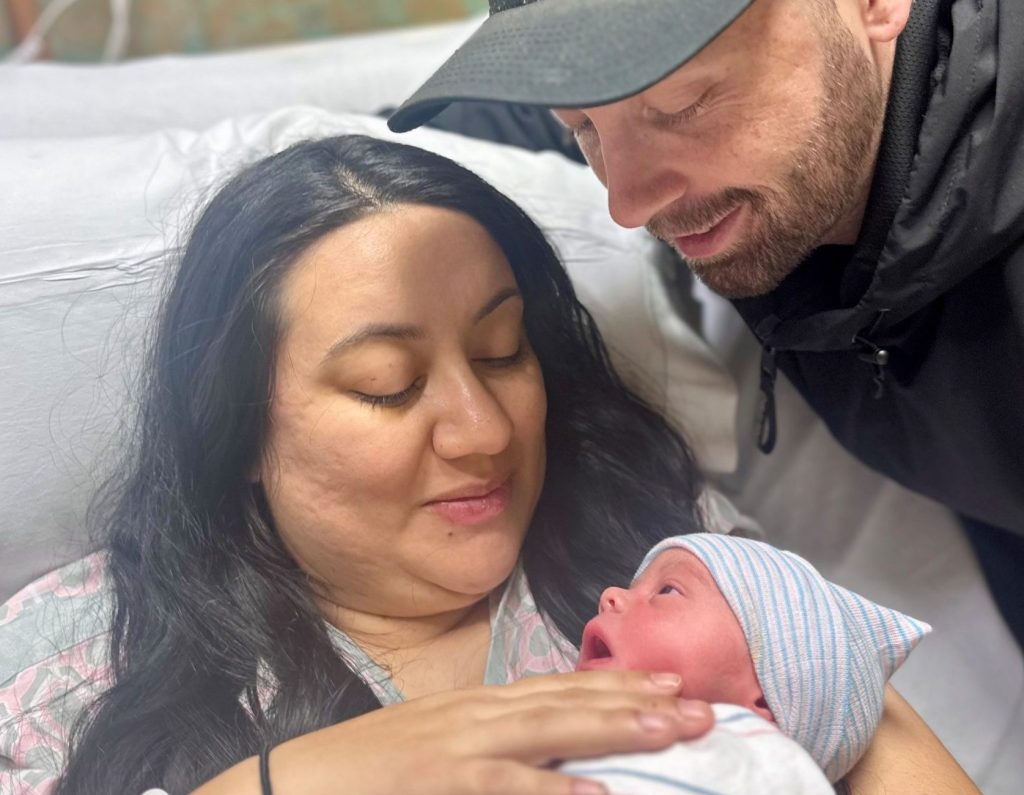By Karin Fleming and Ashley Boarman, Vitals contributors
Every second counts when treating a stroke, a medical emergency that occurs when blood flow to the brain is blocked by a clot or there is bleeding in the brain. As one of the leading causes of permanent disability or death worldwide, stroke has driven countless innovations in expert treatment.
At Sutter Health in Northern California, advancements in stroke care have included using clot-dissolving medications like TNK and implementing an ER protocol that keeps stroke patients on the stretcher for direct transport to the CT room versus transferring them to an ER bed first. This best practice can save 10-15 minutes from diagnosis to treatment and helps preserve patients’ healthy brain tissue.
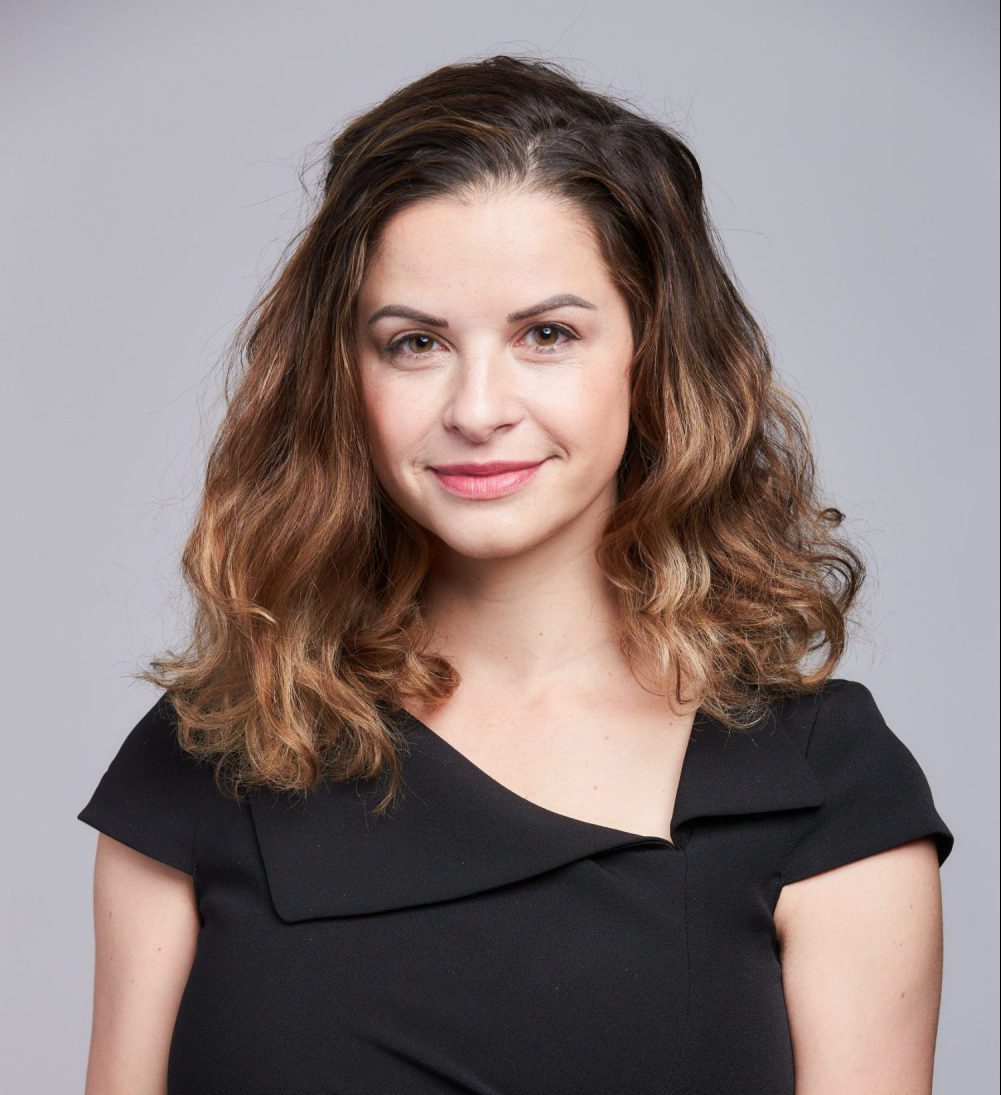
Dr. Ilana Spokoyny is the Director of Sutter’s Mobile Stroke Unit and Sutter’s Telestroke Program.
Sutter’s Telestroke Program is another significant advancement in stroke care. Originally launched at Sutter’s CPMC in San Francisco in 2009, the program expanded into a system-wide initiative in June 2023. This expansion allowed stroke neurologists from across Sutter’s geographic footprint to join its telestroke panel of experts, helping significantly enhance the quality of care provided to stroke patients in Sutter’s smaller community-based hospitals. This week, the team celebrated the expanded program’s first anniversary with a virtual ceremony.
“Expanding telestroke across our organization brings specialized care to more Sutter patients when and where they need it, particularly in rural communities where stroke specialists are not available. This is especially important for the treatment and triage of these life-threatening medical emergencies,” says Dr. Ilana Spokoyny, a Sutter West Bay Medical Group physician who practices at Sutter’s Mills-Peninsula Medical Center and Sutter’s CPMC.
Dr. Spokoyny is also the director of Sutter’s Mobile Stroke Unit and the system’s telestroke program.
Stroke Care in Communities Big and Small
Sutter’s Telestroke Program is one of the largest of its kind in Northern California. In 2023, more than 1,000 patients received acute stroke consultations, with an average of 230 patients benefiting from the remote consults each month.
Between physicians, clinicians and administrative support, hundreds of team members work together to care for our stroke patients 24/7, 365 days a year.Sutter’s telestroke technology uses a sophisticated telemonitoring program, which includes video conferencing, to help ensure stroke patients in both urban and rural settings have round-the-clock access to an expert team of Sutter-affiliated stroke specialists who collaborate with medical and ER staff at patients’ bedsides.
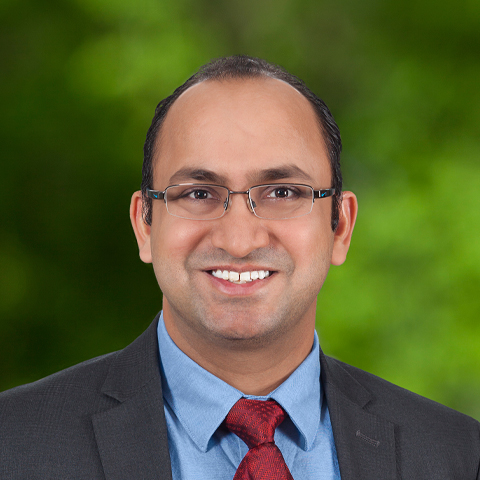
Dr. Manoj Mittal is the Medical Director of Stroke and Neurocritical Care at Sutter Health.
“With telestroke, a stroke expert at the distant site consults in ‘real time’ with healthcare providers and with patients who’ve had strokes at the originating, remote site,” says Dr. Manoj Mittal, Sutter Health medical director of Stroke and Neurocritical Care. “This is important because getting patients prompt diagnosis and treatment is crucial after a stroke. It increases the chances that clot-busting therapies can be rapidly delivered to reduce stroke-related disability and even death.”
Dr. Mittal says telestroke also helps reduce the likelihood patients will require transfer to a larger urban center if they experience a stroke in a smaller or rural community.
Telestroke, while not unique to Sutter, is giving care teams the power to prevent what would have once been dire outcomes. With the team’s success this year, it is looking to expand its expert capabilities to other hospitals beyond Sutter.

